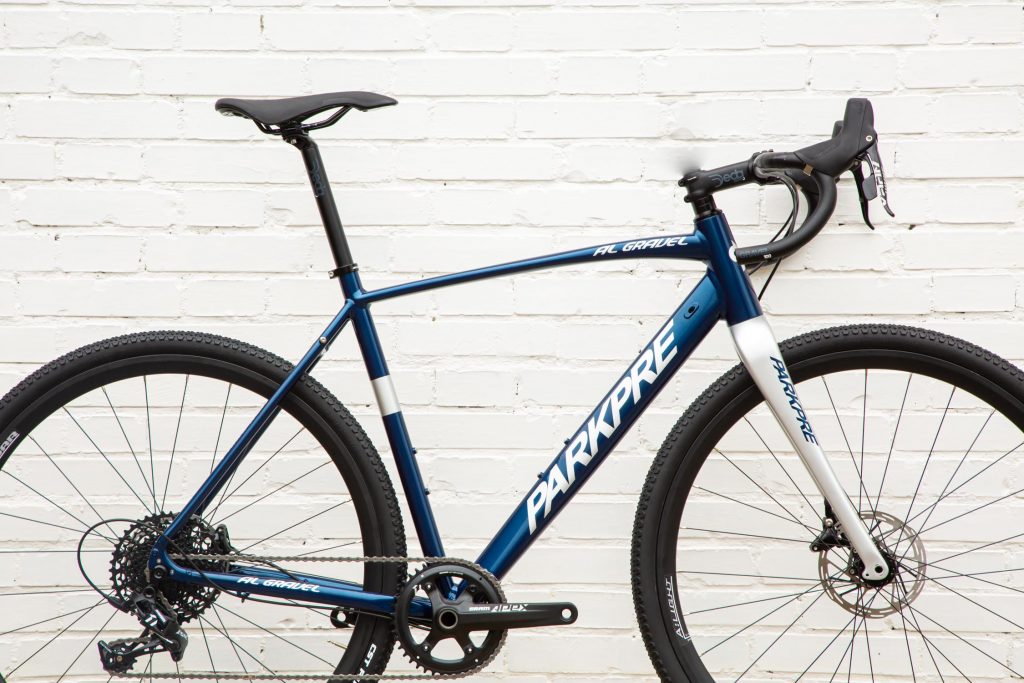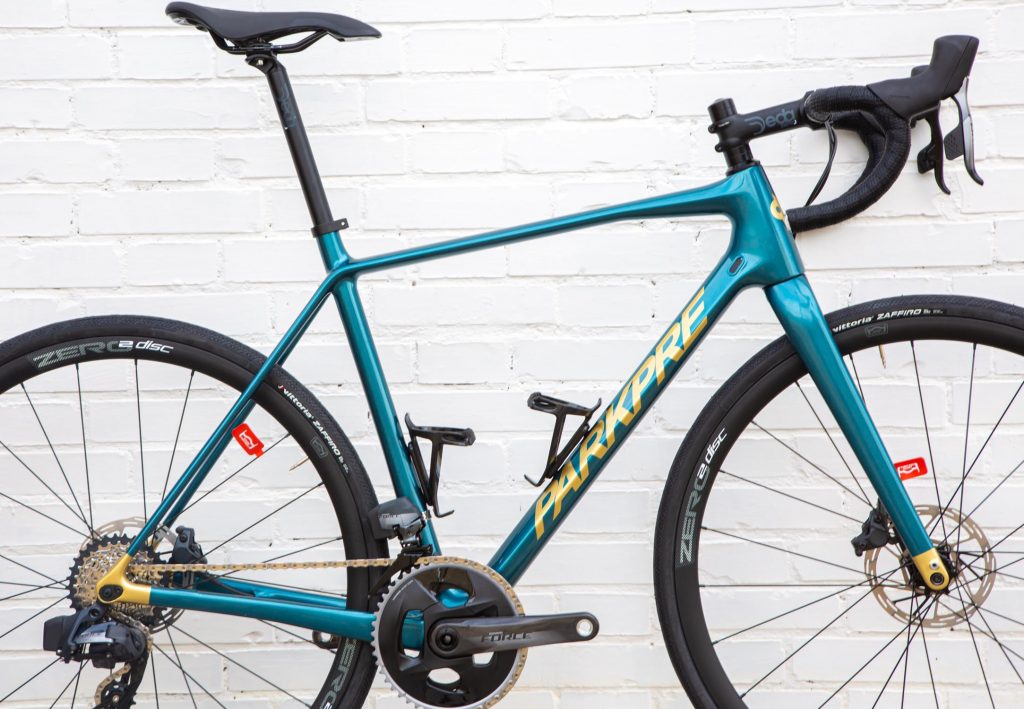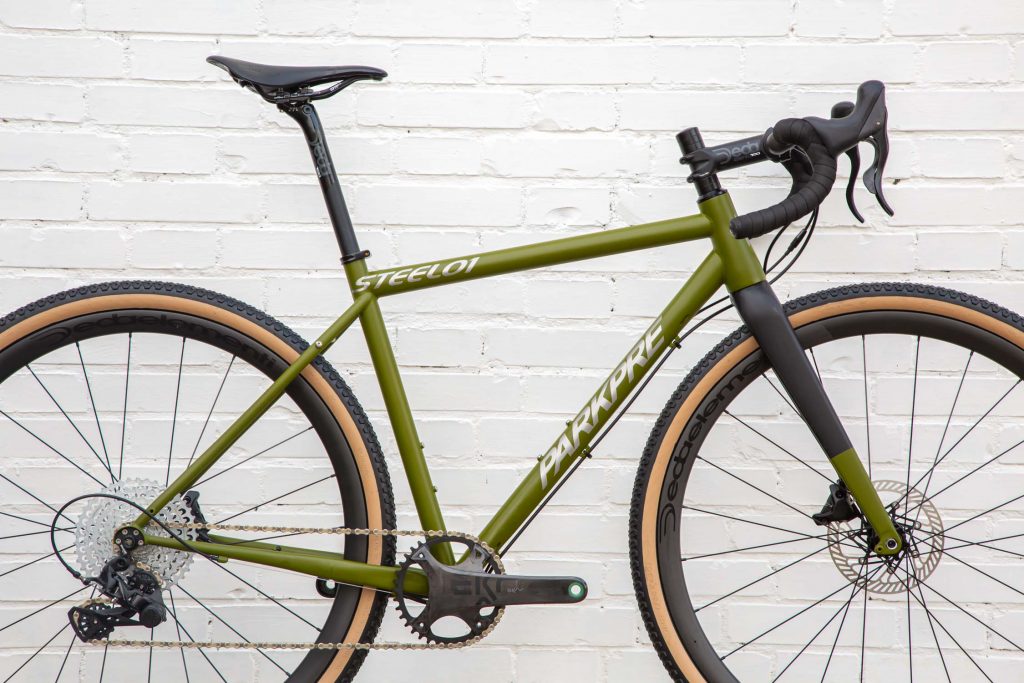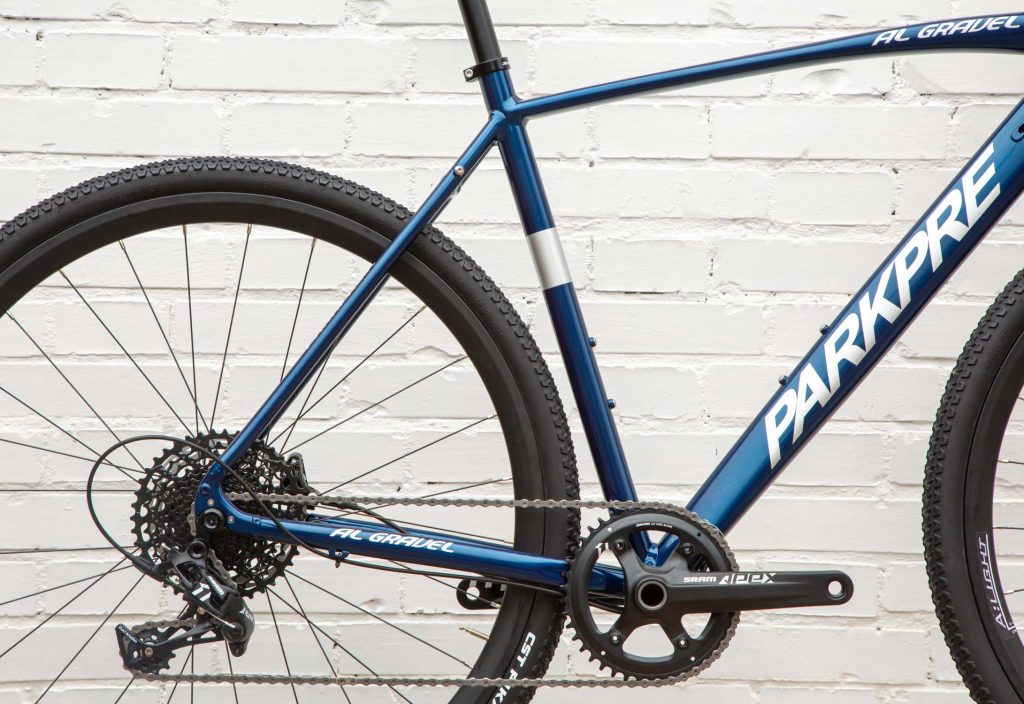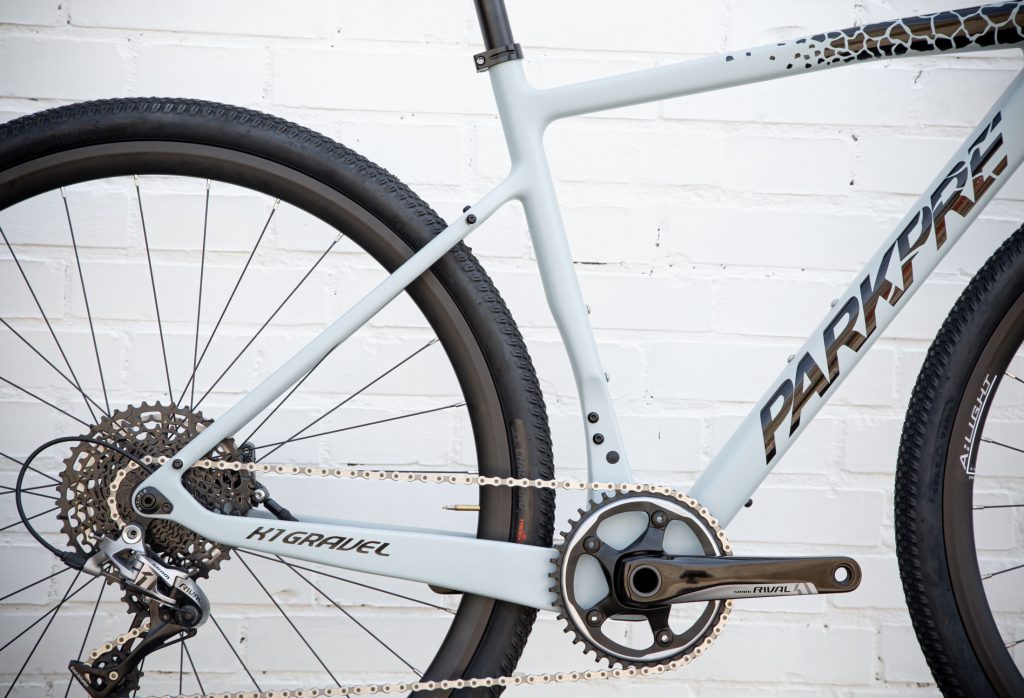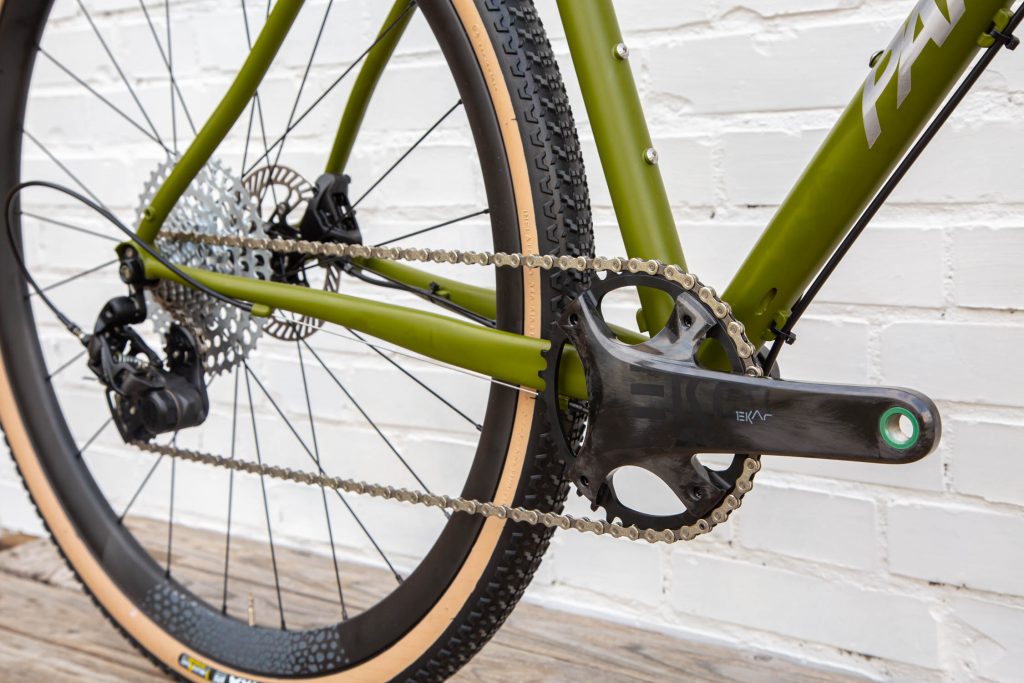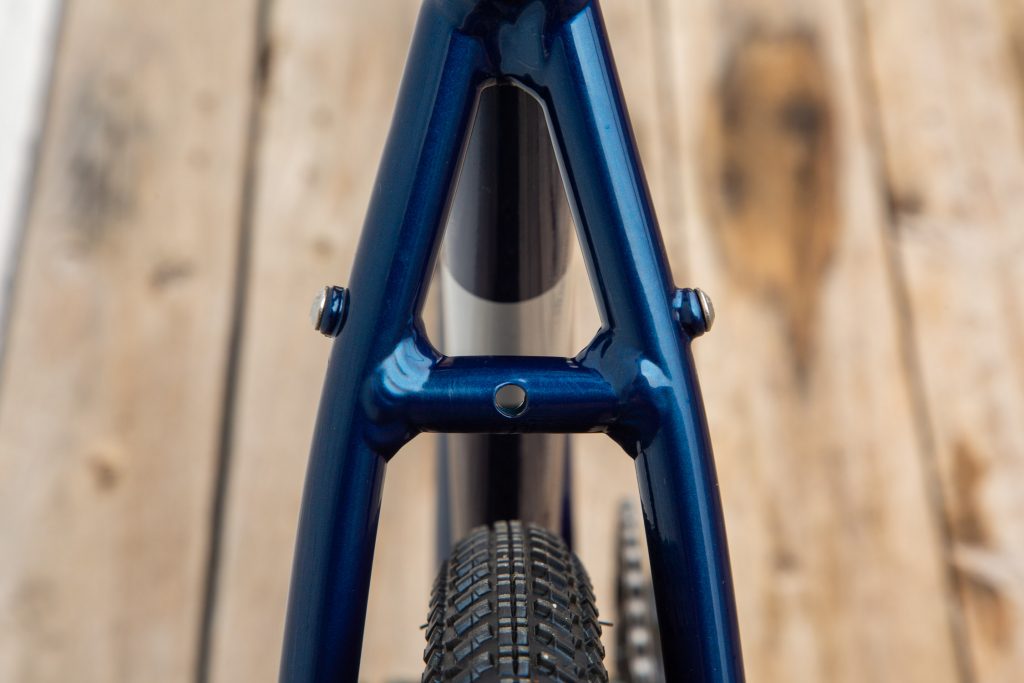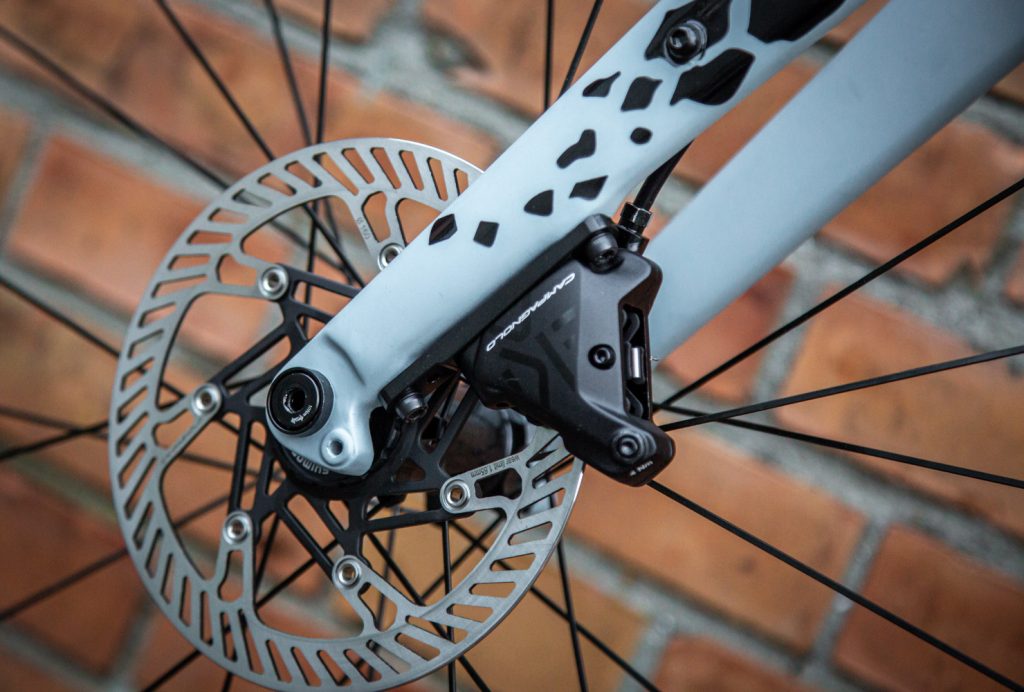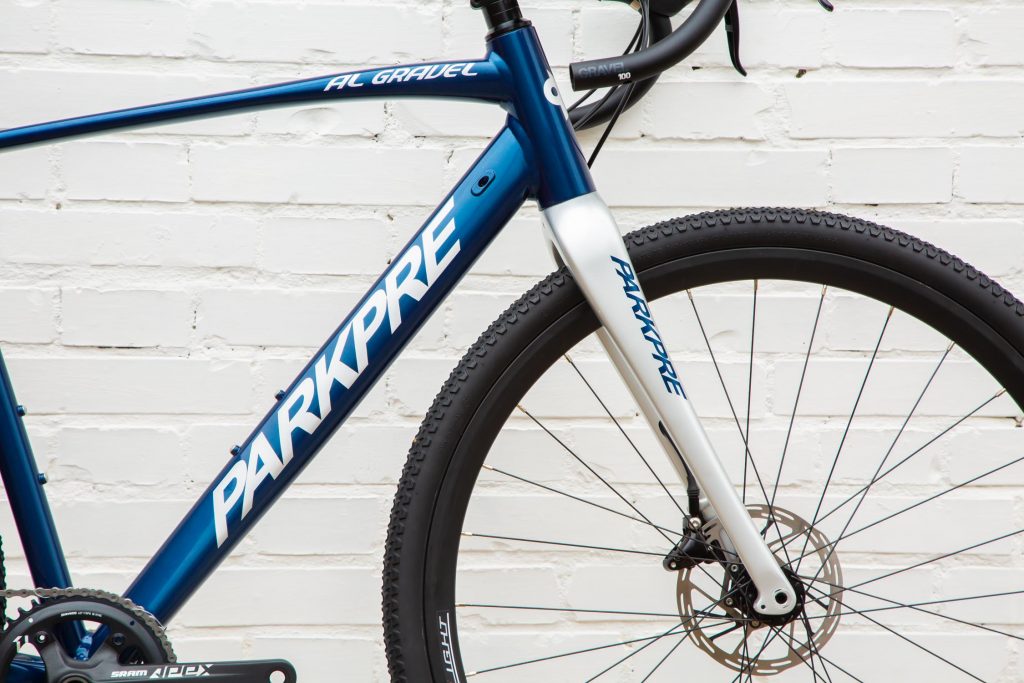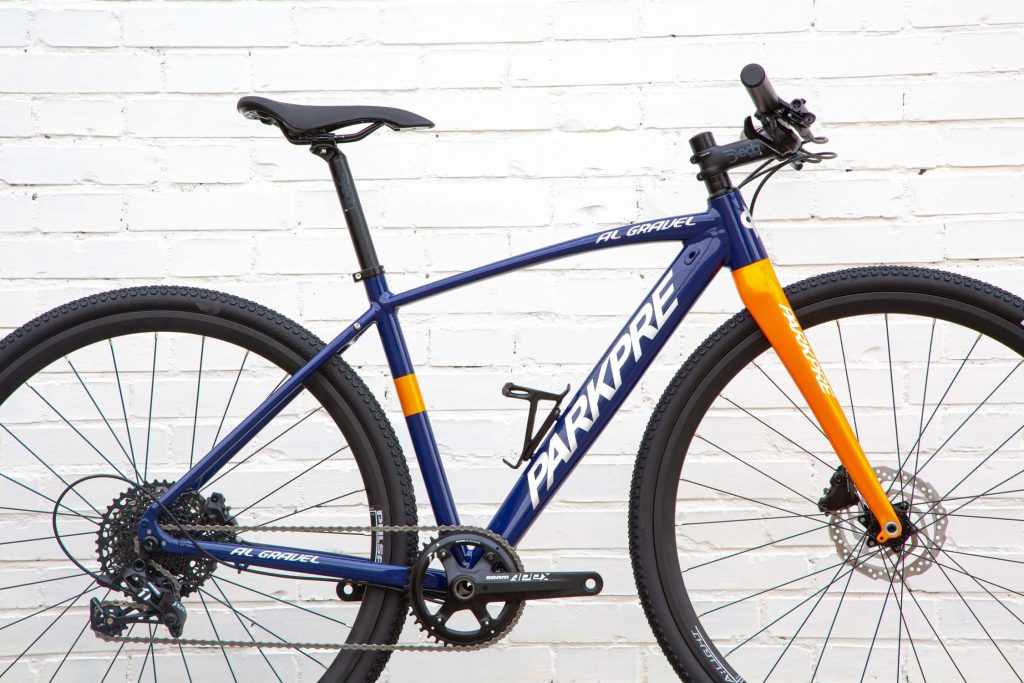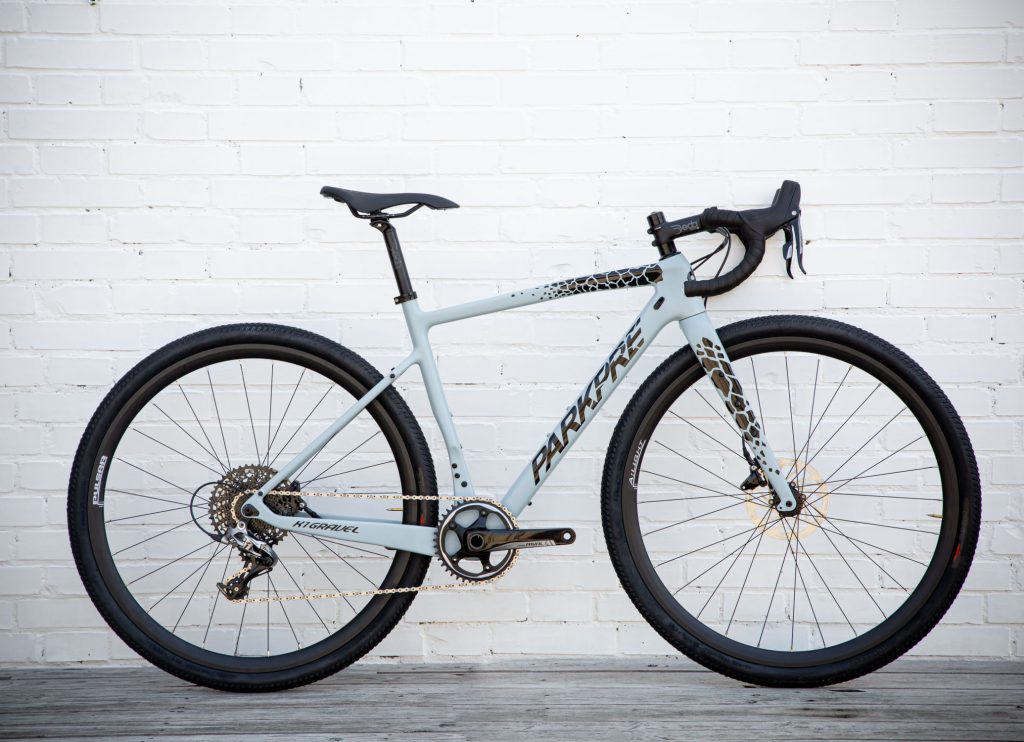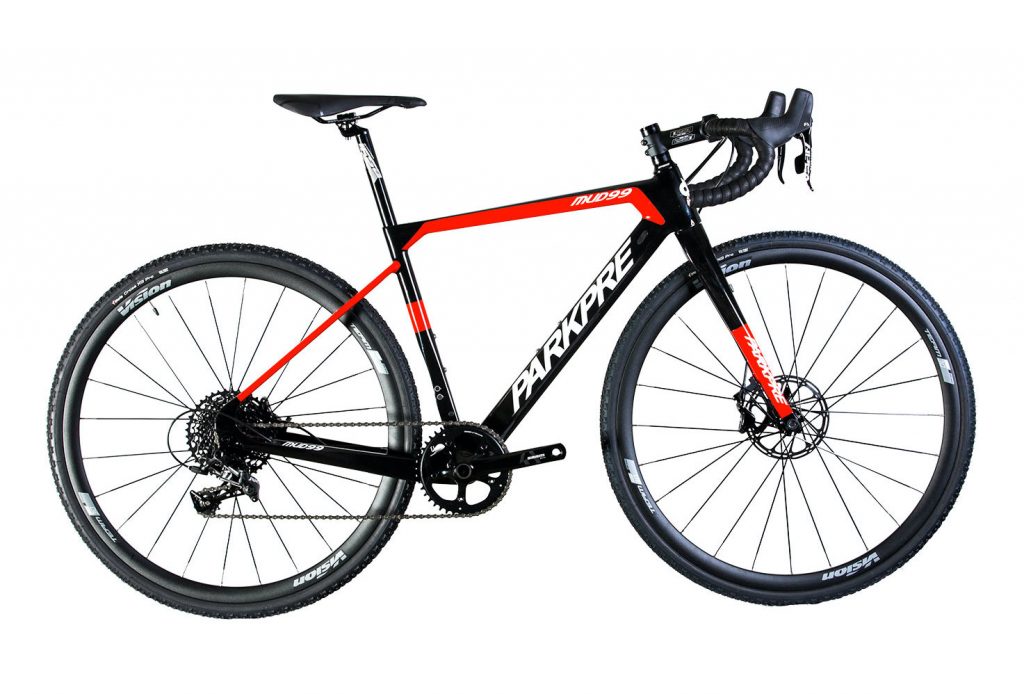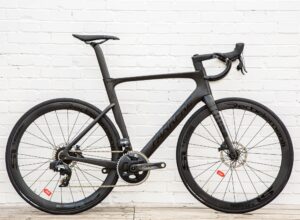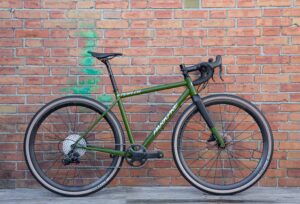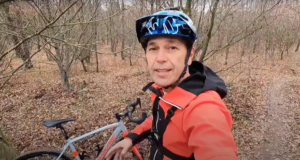What is a gravel bike? How did it become successful on a planetary level? Who are gravel cyclists? Here is a short guide with all the main things to know about gravel bikes.
Gravel was born a few years ago in the United States, where it has found wide popularity thanks to America’s unique secondary road system, characterized by miles and miles of unpaved roads, gravel roads in fact. Where, those who wanted to ride long distances lightly needed a bike with certain features: treaded tires, a comfortable frame suitable for long rides, and, why not, the ability to comfortably mount panniers.
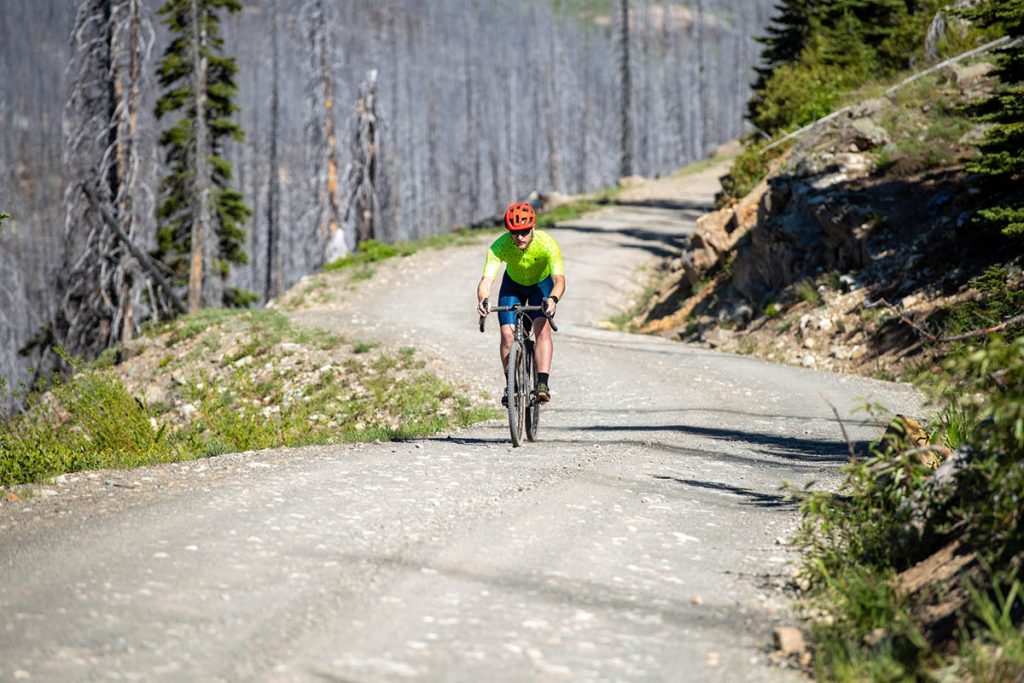
So we can say that gravel bikes are bikes that arrive in those routes where a normal road bike starts to struggle, while a mtb would be oversized on the contrary.
Reduced to the bare minimum, those trails where a road bike is too stiff and a mountain bike too heavy.
Getting more specific, here are some characteristic features of gravel bikes.
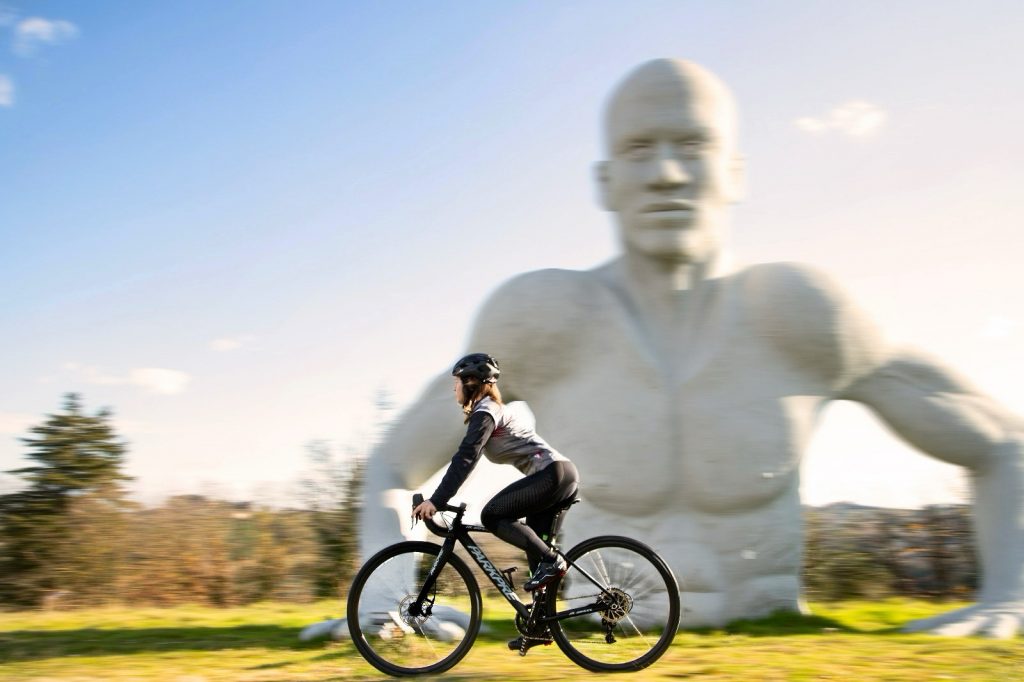
Frame. It can be made of aluminum, steel or carbon, although light weight is not the main requirement for gravel bikes. The fork, similarly, can be in as many materials, although carbon is usually preferred (such as on the entire Parkpre gravel range).
There are also gravels with a suspension fork.

Algravel – Aluminum 
KGravel – Carbon 
Steel01 – Steel
Geometries. The geometries are comfortable, little race, the bottom bracket, and thus the center of gravity, is low, to ensure stability. The frame corners tend to be open, the chainstays high: elements designed to maximize vibration absorption (see photo 1). There are, as mentioned, carbon gravel frames with geometries more similar to racing/endurance, thus with more closed angles and lowered carriage (see photo 2).

PHOTO 1 – Algravel Apex1 – aluminum 
PHOTO 2 – K1Gravel – carbon
Covers. The tires are treaded and wider than those on a road bike. In fact, we go from 28 mm to 38/40 mm in cross section. Here, too, priority is given to absorbing vibrations and roughness of the ground to promote the most comfortable experience possible.
Brakes. The brakes are disc brakes since it is essential to have good braking even in rain and mud, not to neglect safety and high performance.
Handlebars. Handlebars are usually less exaggerated than road handlebars and vary according to the intended use. Therefore, dropbar handlebars (photo 2), or flat ones like common mtb’s (photo 1) are mounted indifferently; both are often gravel-specific.

PHOTO 1 
PHOTO 1
Potential. Gravel bikes are great bikes for taking long trips, perhaps on dirt roads, for riding on Italian cycle routes, trails that run alongside waterways, for those who pedal on the road but dream, from time to time, of jumping into off roads. Why not, even for newbies who are looking for a bike to do a little bit of everything, to do some physical activity, to ride on the bike path. Finally, they could replace urban bikes, fixed bikes, and single speed bikes in the city over time, ensuring greater safety and stability on city streets as well.
In Italy, this philosophy, has spread quickly, with the birth of numerous events and trips that have gravel as their central theme, and more and more enthusiasts have made it a true way of life. Those who live in areas where dirt roads are present and widespread have the opportunity, more than others, to be able to understand the potential of this activity.
Lovers of gravel and environmentally sustainable mobility very often can no longer do without these partly road, partly MTB bikes with retro charm, with which one can move and travel comfortably.
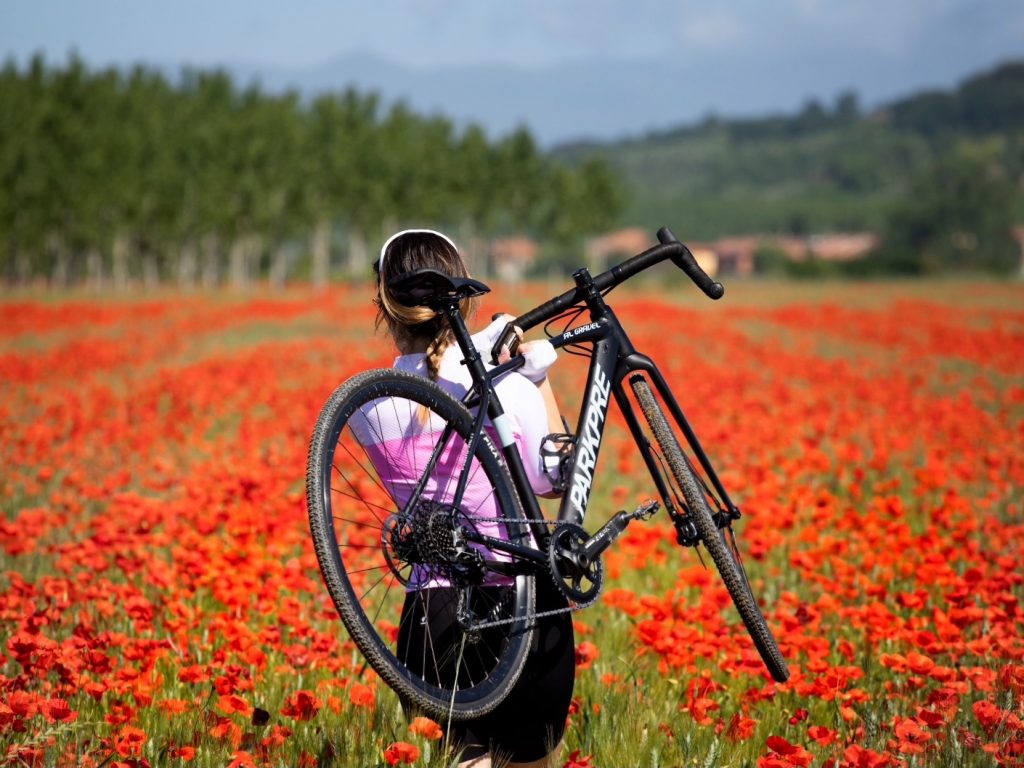
Finally, a common mistake is to confuse gravel bikes with CX (cyclocross) bikes. Cyclocross bikes are more nervous than gravel bikes, with more race geometry, less stable and less comfortable. In addition, the center of gravity is higher, as one of the characteristics of cyclocross is to jump over obstacles. As for tires, CXs usually do not offer the possibility of mounting oversized ones, such as 40 mm section tires, which literally do not fit inside the wagon and which by regulation can go up to 35 mm

Cyclocross – Parkpre Mud99 
Gravel – Parkpre Algravel
Check out all the gravel bikes in the Parkpre range here.
Check out the Algravel bike test here.
Check out the K1Gravel bike test here.
Credit: Marc Gasch/XPDTN3. – Full article: Outdoortest.com
Photo Credit: Parkpre Bicycles – Ilaria Cariello for Biciavventure

